The Palatina Gallery Museum Florence

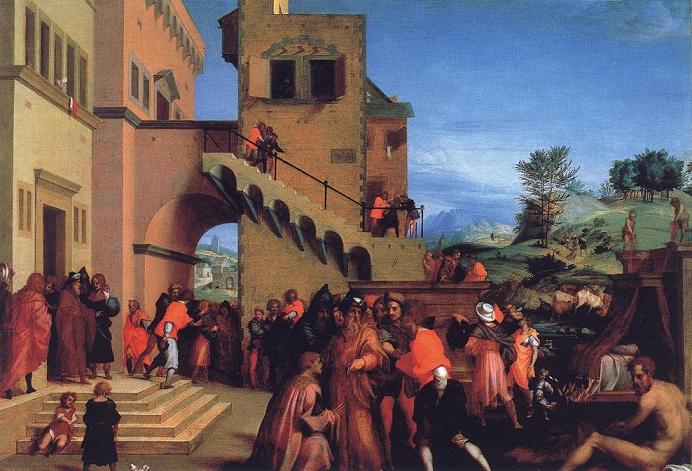






Piazza de' Pitti, 1 - 50121 Firenze
6
055-294883
The Palatina Gallery is situated in the left part of the Palace and was created between the end of XVIII the Century and first decades XIX century by the Lorena that placed in the rooms works of the Medici collections. The beautifulst collection that comprises works of illustrious artists like Raffaello, Rubens, Caravaggio, Tiziano, Peter from Cortona and of other Italian and European masters of the Rinascimento and the 1600's.
The Palatine Gallery in the Pitti Palace takes its name from the reigning family in whose palace it was housed and was opened to the public by Leopoldo of Lorraine in 1828. Its present layout preserves the character of a private picture gallery with a sumptuous combination of lavish interior decoration and the rich picture frames ordered by the Medici themselves. Unlike most of the museums arranged in recent times, the Palatine Gallery's layout follows neither chronological order nor schools of painting, revealing instead in its hanging and sheer numerical size the personal taste of the great collectors who lived in the palace.
The rooms at present occupied by the gallery are reached by the Ammannati staircase and were the apartments and audience chambers of the Medici Grand Dukes. Some of these overlooking the Square were frescoed by Pietro da Cortona (1596-1669) with an imposing decorative cycle which makes use of classical myth to allude to the life and education of the prince. The imposing ceilings with their frescoes and large stucco decorations are one of the most important examples of the Baroque style in Florence and provide a splendid framework for the sixteenth to eighteenth paintings on show.
One of the main nucleuses of the collection are the paintings by Titian and Raphael, which entered the Medici collection in the 1640s with the dowry of Vittoria della Rovere, last discendent of the Dukes of Urbino and wife of Ferdinando II de' Medici. Among the works of Titian (1490?-1576) is the Portrait of a Gentleman, famous on account of the mysterious identity of the sitter and the Magdalen painted for the Duke of Urbino. Among the Raphaels are Leonardo-inspired portrait of Maddalena Doni, the Madonna of the Grand Duke bought by Ferdinando III and the famous Madonna of the Chair representative of Raphael's last phase.
Seventeenth century painting is well represented. Of outstanding interest are Rubens' Four Philosophers and Allegory of War and the portrait of Isabella Clara Eugenia. Van Dyck's magnificent portrait of Cardinal Bentivoglio shows all the artist's richness of colouring, and Giusto Sustermans' portraits immortalize the whole grand ducal family. Spanish painting is well represented by the sweetness of Murillo's Madonna and Child. Apart from exceptionally important works by Bronzino (1503-1572), Fra Bartolomeo (1472- 1517) and Piero di Pollaiolo (1441-1496), the Sleeping Cupid by Caravaggio (1573-1610) and the seventeenth century portraits of Pourbus and Velasquez, the decoration of many of the rooms where they are hung is also important, both historically and artistically. The Music Room for example is decorated and furnished in the Neo-classical taste, while the Putti Room is devoted entirely to Flemish painting. The Stove Room is one of the masterpieces of Pietro da Cortona, who frescoed it in 1637 with the Four Ages of Man, the Ages of Gold, Silver, Bronze and Iron. Apart from being one of the major monuments of Baroque painting, testifying to the Medici court's awareness of leading Roman trends of the day, the Stove Room reveals the Grand Duke Ferdinando II as an alert and intelligent patron in the tradition of his family at a moment when Florentine culture was going through a phase of diminished splendour.
---
Where we are
Others Museums
Previous
Next
-
Area: Centro storico
-
Area: Centro storico
-
Area: Centro storico
-
Area: Centro storico
-
Area: Centro storico
-
Area: Centro storico
-
Area: Centro storico
-
Area: Centro storico
-
Area: Centro storico
-
Area: Centro storico
-
Area: Centro storico
-
Area: Centro storico
-
Area: Centro storico
-
Area: Centro storico
-
Area: Centro storico
-
Area: Centro storico
-
Area: Centro storico
-
Area: Centro storico
-
Area: Centro storico
-
Area: Centro storico
-
Area: Centro storico
-
Area: Centro storico
-
Area: Centro storico
-
Area: Centro storico
-
Area: Semi-Centro
-
Area: Centro storico
-
Area: Centro storico
-
Area: Centro storico
-
Area: Centro storico
-
Area: Centro storico
-
Area: Centro storico
-
Area: Ponte Vecchio
-
Area: Centro storico
-
Area: Centro storico
-
Area: Centro storico
-
Area: Centro storico
-
Area: Centro storico
-
Area: Centro storico
-
Area: Centro storico
-
Area: Centro storico
-
Area: Centro storico
-
Area: Centro
-
Area: Semi-Centro
-
Area: Centro storico
-
Area: Centro storico
-
Area: Centro storico
-
Area: Centro storico
-
Area: Centro storico
-
Area: Centro storico






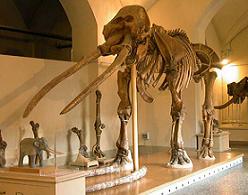
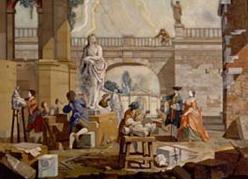

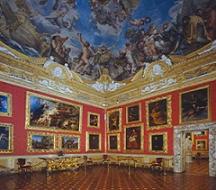
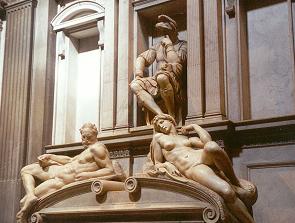
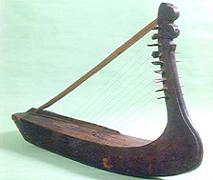
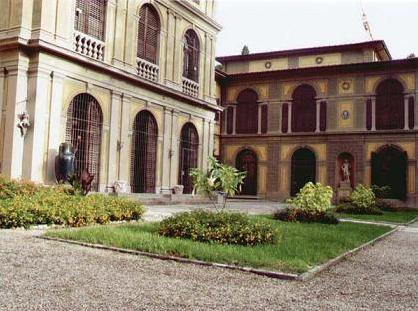
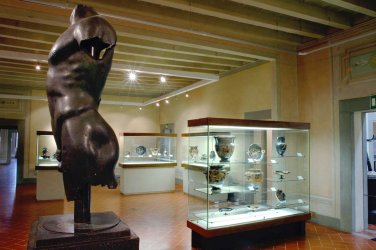
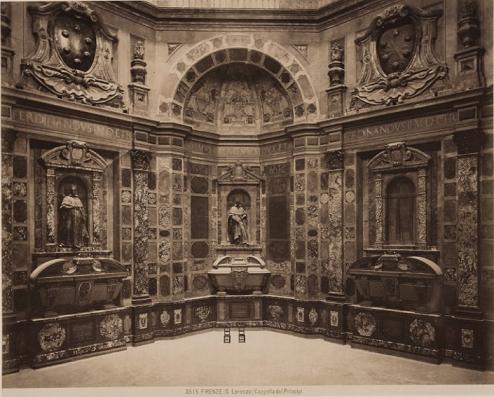
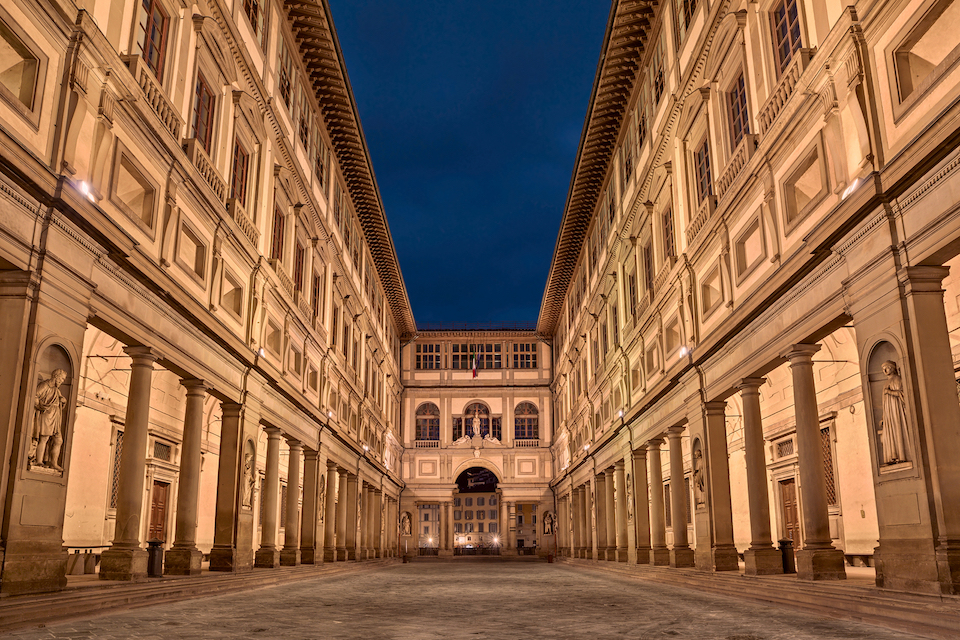
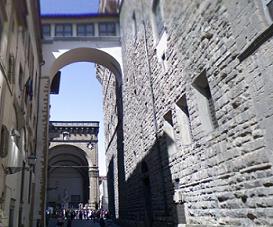
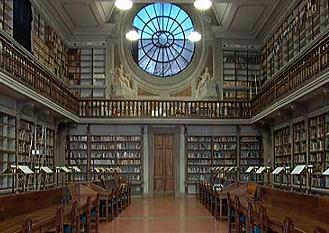
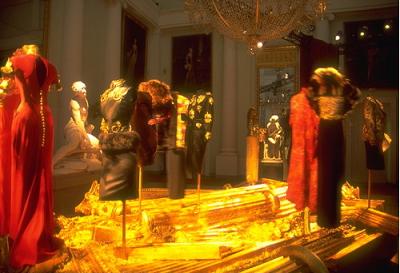
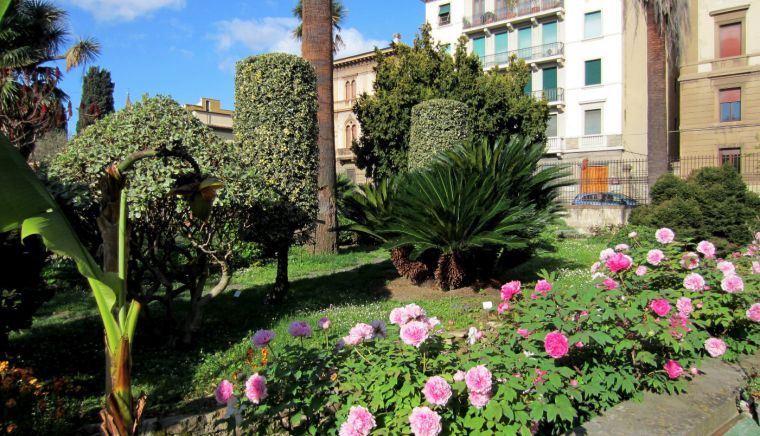
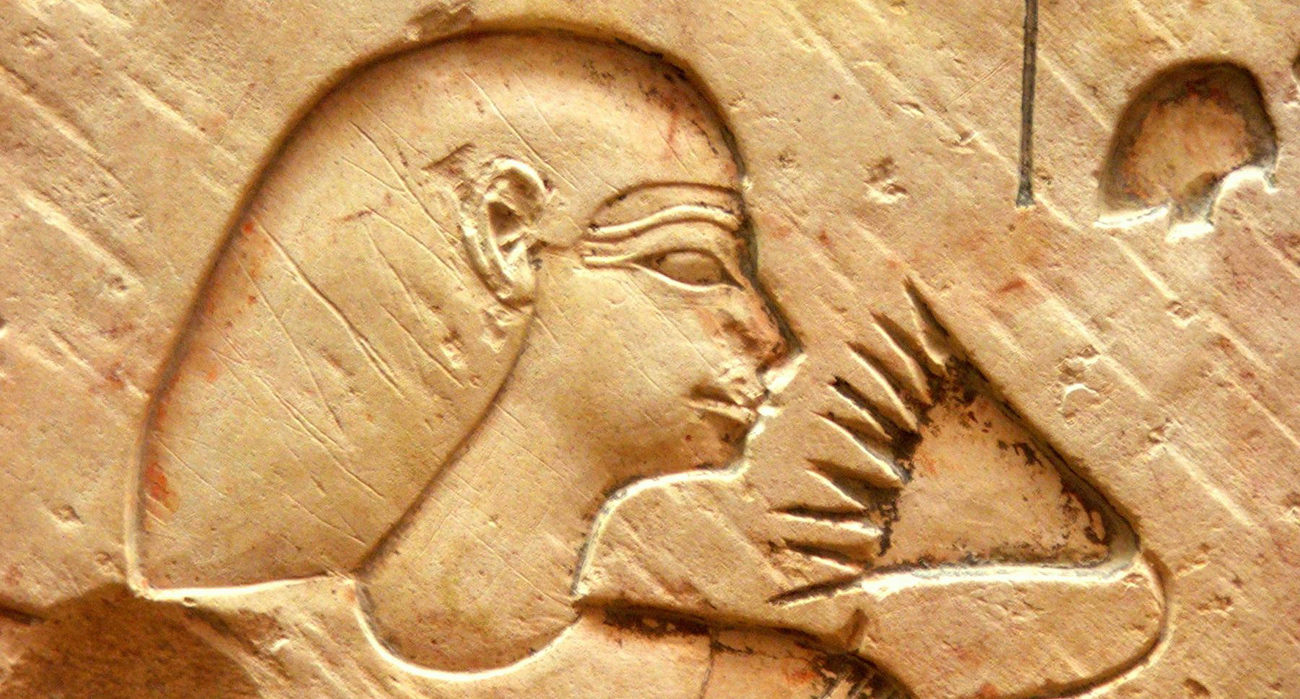
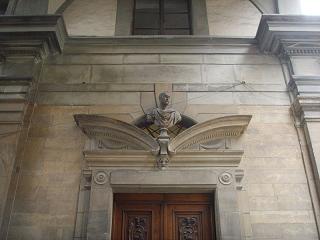
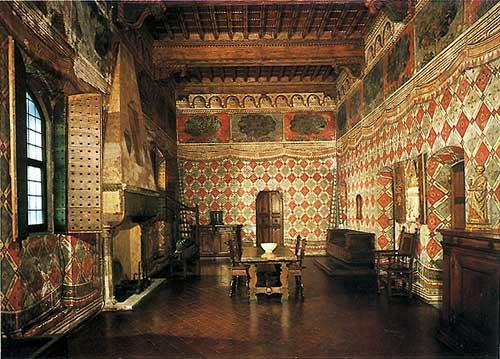
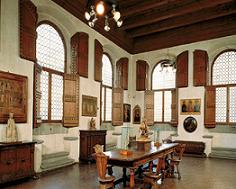
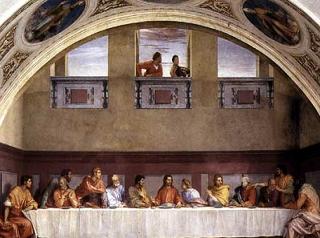
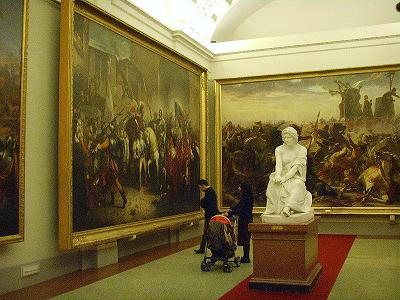
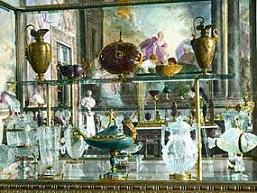
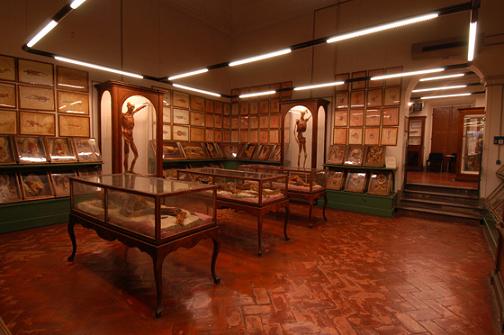
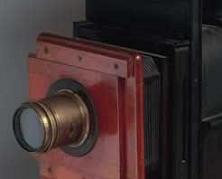
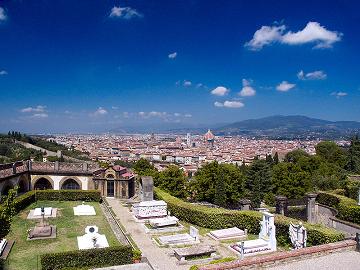
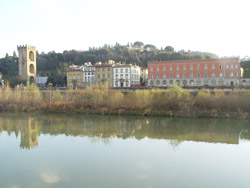
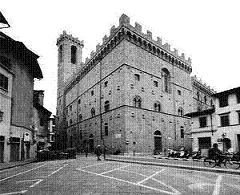
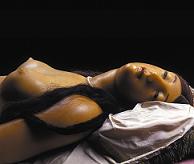
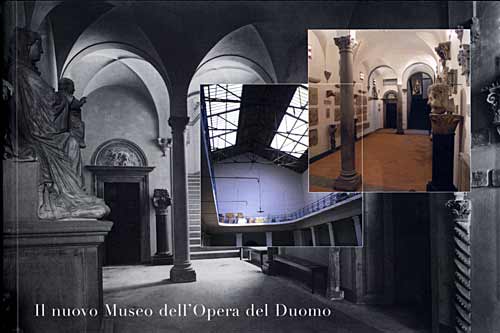
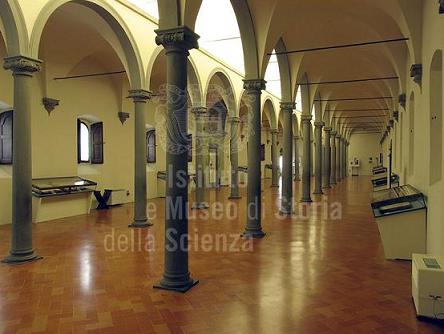
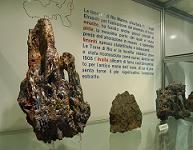

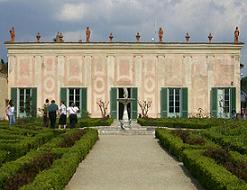

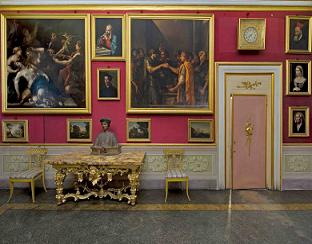
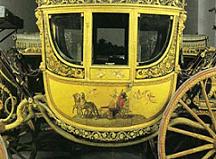
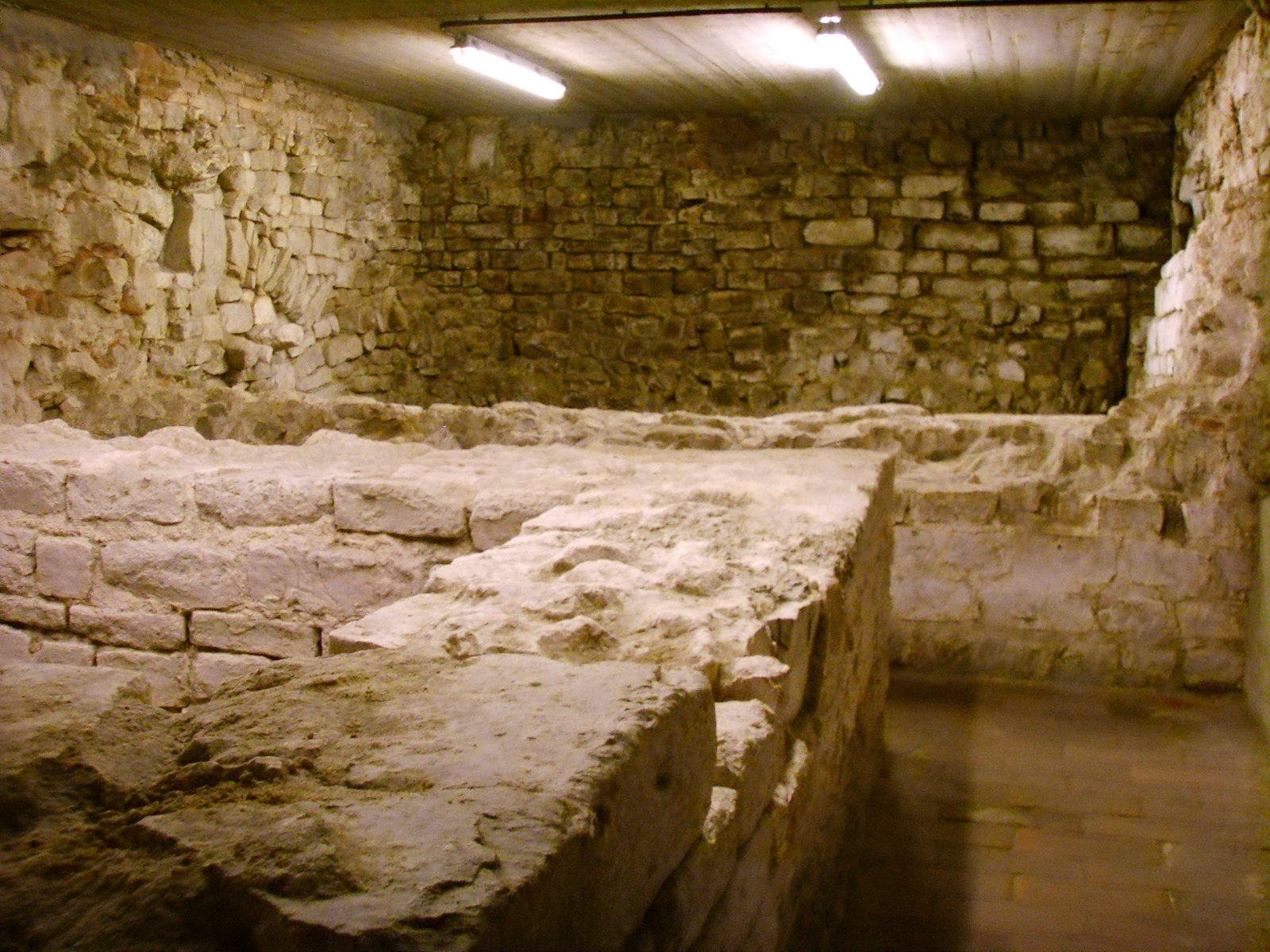
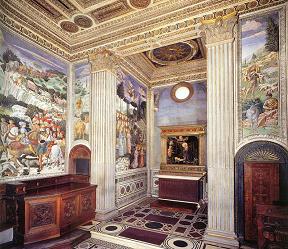

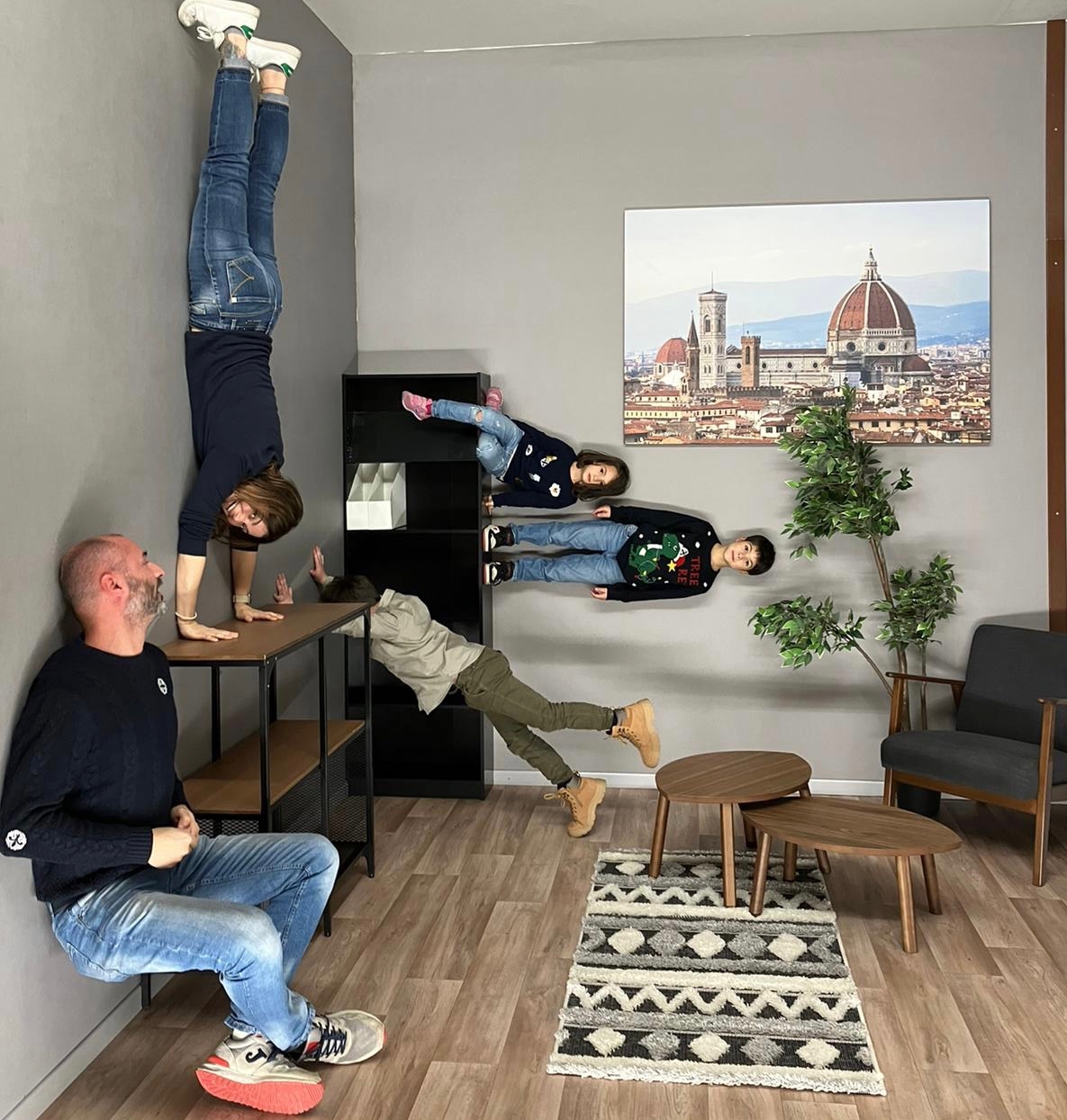
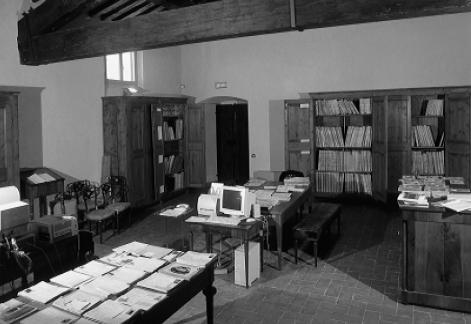
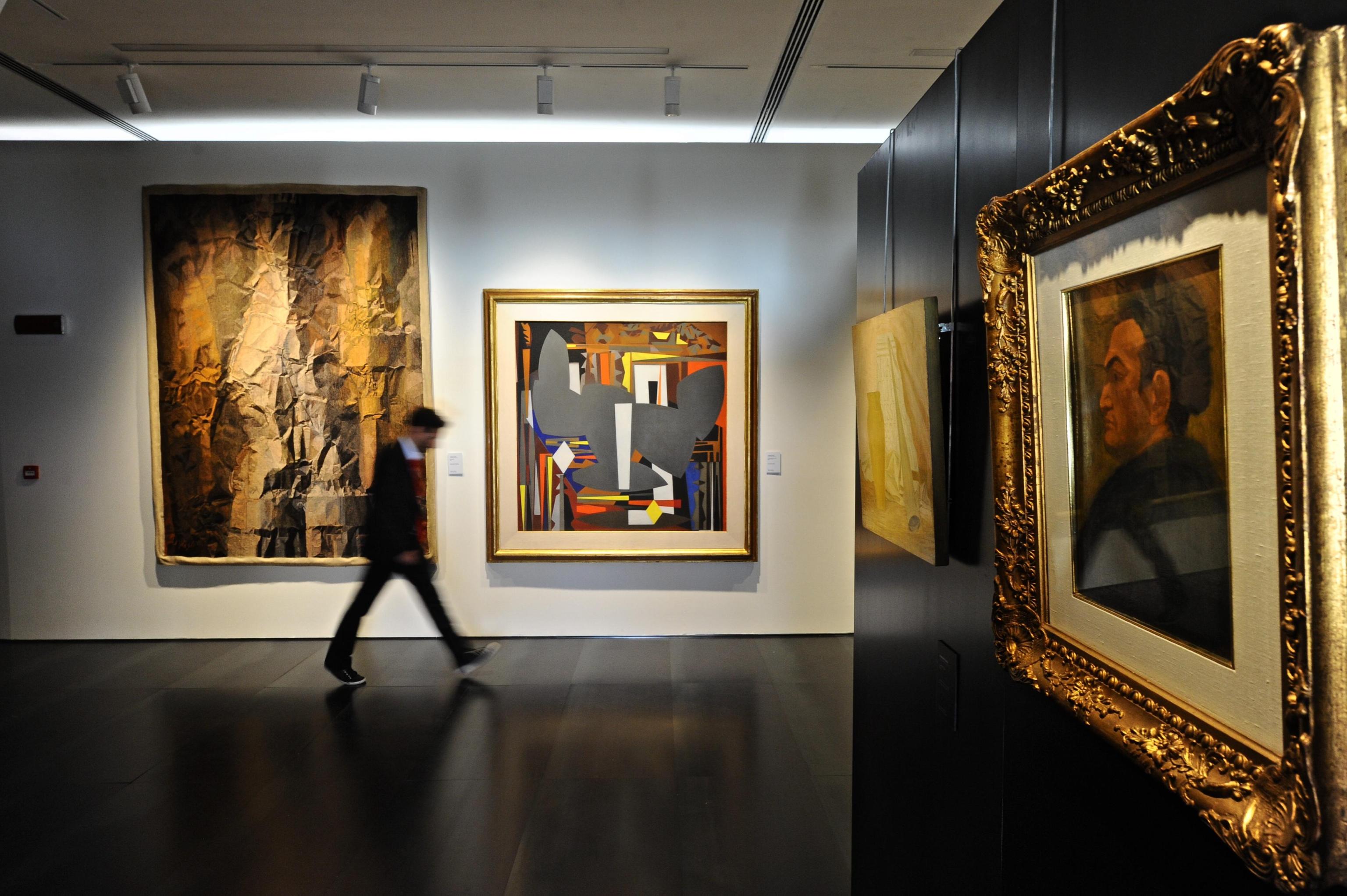

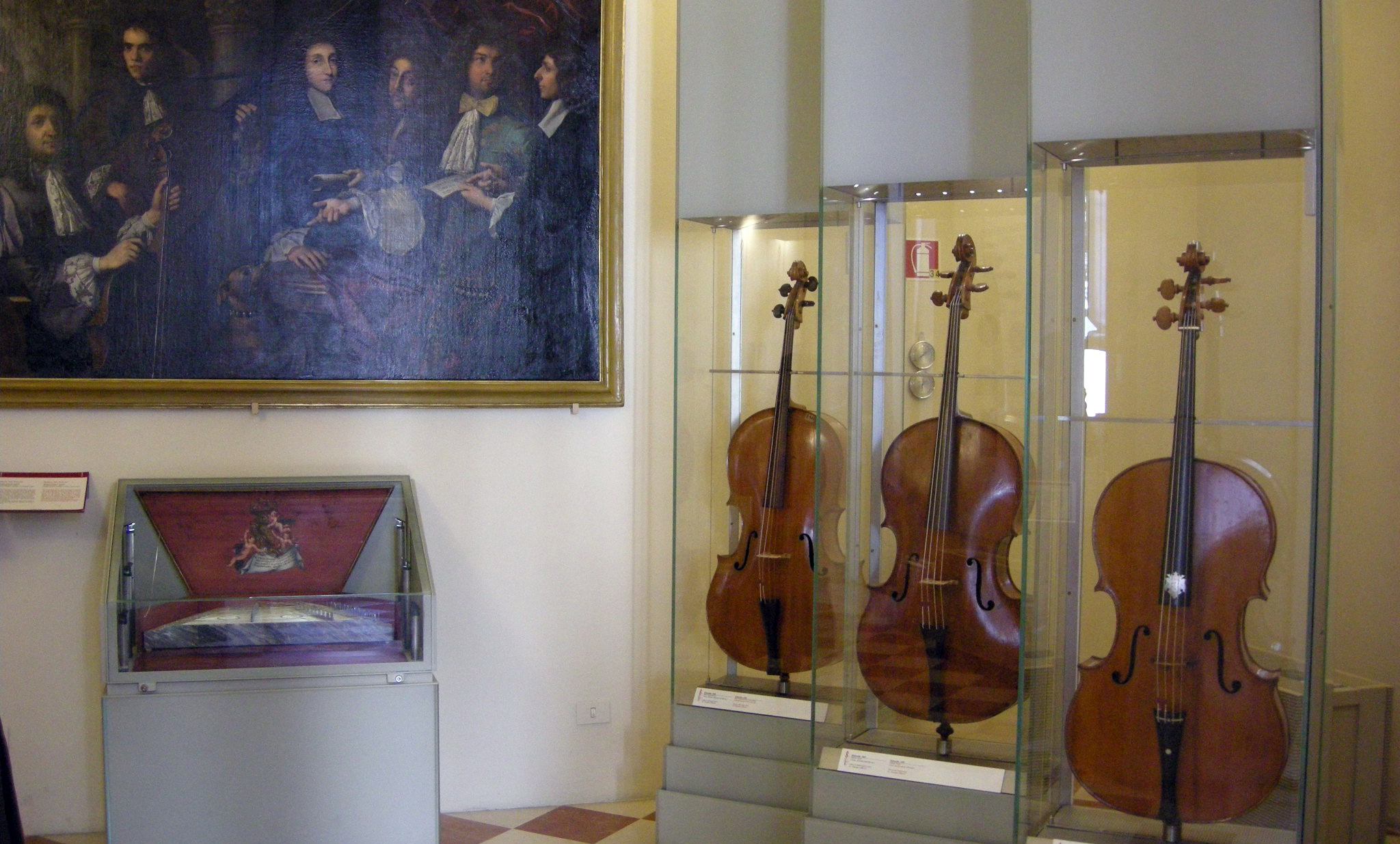
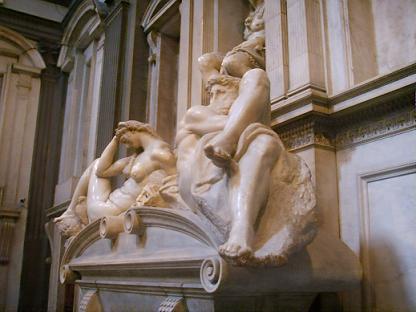
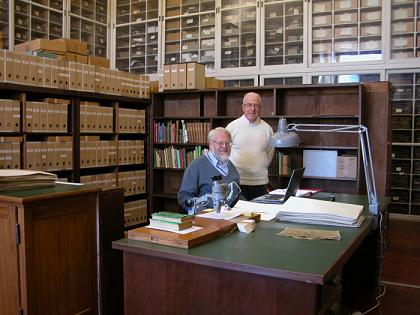
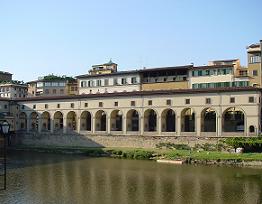

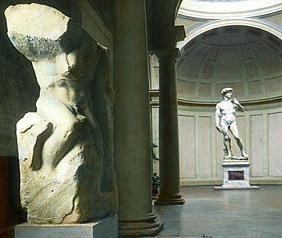
Comments